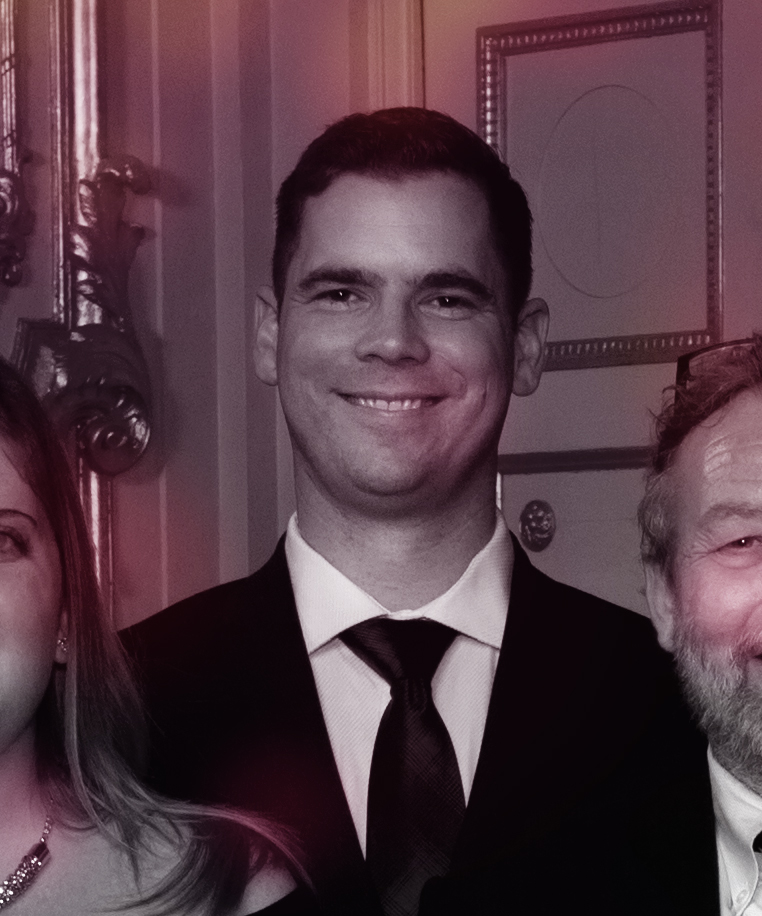
Adam Ford
Biography
Dr. Ford is a wildlife ecologist interested in how predator-prey interactions are shaped by human-modified landscapes. He received a B.Sc. from the University of Victoria (British Columbia), a M.Sc. from Carleton University (Ontario), and his Ph.D. from the University of British Columbia with Assistant Professor Jacob Goheen. Ford is currently a Liber Ero Postdoctoral Fellow in Conservation Science, based at the Department of Integrative Biology at the University of Guelph (Ontario). The research described in his essay sheds new light on the relationships of people, large carnivores, their herbivore prey, and plants in an East African savanna.
Synopsis
The mechanistic pathways of trophic interactions in human-occupied landscapes
From children’s stories to the logos of professional sports teams, images on commercial products, and the icons of conservation, few organisms capture our imagination like large carnivores. From a scientific perspective, understanding the context in which predators shape ecosystem processes is one of the most pressing endeavors in modern ecology (1). In central Kenya, large carnivores—such as leopards and globally endangered African wild dogs—prey upon antelope, which themselves limit the abundance of plants. These wildlife species vie with commercial ranchers, as well as traditional pastoralists and their livestock for limited resources (2). Together, these actors interact against a backdrop of pronounced environmental variation and the unique patchwork of trees on grassland that characterizes tropical savannas. Through my dissertation research, I combined long-term monitoring of wildlife populations, high-resolution satellite imagery, fine-scale tracking of animal movements, and a series of field experiments to quantify these interactions and their consequences for ecosystem structure.
